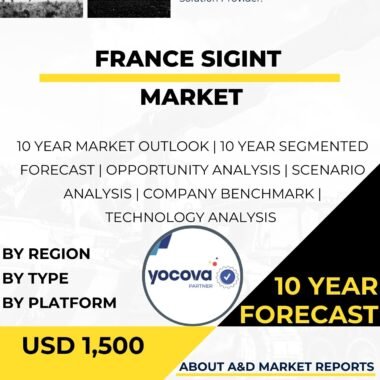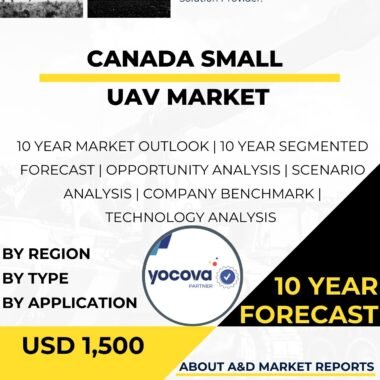Description
The South Korea Signals Intelligence (SIGINT) market is a critical segment of the country’s defense and intelligence industries, providing advanced capabilities for collecting, processing, and analyzing electronic signals and communications. SIGINT plays a crucial role in modern warfare, offering the ability to monitor, intercept, and exploit enemy communications, providing invaluable intelligence for military operations and national security. South Korea’s focus on indigenous development, strategic partnerships, and technological innovation has positioned it as a significant player in the global SIGINT market.
SIGINT involves the interception and analysis of various electronic signals, including radio communications, radar emissions, and electronic data transmissions. These signals can be intercepted from communication networks, satellite systems, and other electronic devices, providing valuable insights into the intentions, activities, and capabilities of potential adversaries.
Indigenous development has been a cornerstone of South Korea’s defense strategy, and the SIGINT market is no exception. The country’s defense industry, represented by companies like LIG Nex1 and Hanwha Systems, has made significant progress in developing advanced SIGINT systems tailored to meet the specific requirements of the South Korean military and intelligence agencies.
The South Korean military relies heavily on SIGINT capabilities to gather intelligence on potential threats, monitor enemy activities, and support military operations. SIGINT systems enable the collection and analysis of enemy communications, identifying patterns, and providing critical information on their intentions and movements.
Beyond defense applications, SIGINT is also essential for various civilian sectors in South Korea. Intelligence agencies and law enforcement use SIGINT to counter espionage, monitor criminal activities, and support counterterrorism efforts. Additionally, SIGINT provides insights into cybersecurity threats, helping protect critical infrastructure and safeguarding the country’s digital assets.
South Korea’s commitment to innovation and research and development (R&D) has driven advancements in SIGINT technology. The country invests in R&D programs to improve signal processing capabilities, increase the sensitivity of sensors, and enhance data analytics for more accurate and timely intelligence gathering.
As part of its broader defense and intelligence industries, South Korea’s SIGINT market extends beyond domestic needs. The country actively exports SIGINT systems and related technologies to other nations, generating revenue and expanding its influence in the global market. Successful exports demonstrate the reliability and performance of South Korean-made SIGINT solutions, contributing to the growth of its defense industry.
Strategic partnerships with international defense and technology companies have also contributed to South Korea’s SIGINT capabilities. Collaborations enable technology transfer, joint research, and the integration of foreign systems into South Korea’s indigenous platforms, enriching the overall SIGINT capabilities of the country’s defense and intelligence agencies.
To ensure optimal utilization and proficiency in operating SIGINT systems, South Korea places significant emphasis on training and skill development for its military and intelligence personnel. Training programs focus on familiarizing operators with signal analysis, intelligence processing, and effective utilization of SIGINT in various operational scenarios.
Moreover, cybersecurity is a significant consideration in the SIGINT market, as these systems often handle sensitive and classified information. South Korea invests in robust cybersecurity measures to protect its defense infrastructure and intelligence assets, ensuring the integrity and confidentiality of SIGINT operations.
In conclusion, the South Korea SIGINT market is a critical aspect of the country’s defense and intelligence capabilities. Indigenous development, strategic partnerships, and innovation have allowed South Korea to create advanced SIGINT systems that meet the specific needs of its military and intelligence agencies. From gathering intelligence on potential threats to supporting military operations and countering cybersecurity threats, SIGINT plays a crucial role in enhancing South Korea’s national security and contributing to regional stability. As the defense and intelligence industries continue to evolve, South Korea’s dedication to advancing its SIGINT technology will remain essential in maintaining its position as a major player in the global SIGINT market.




